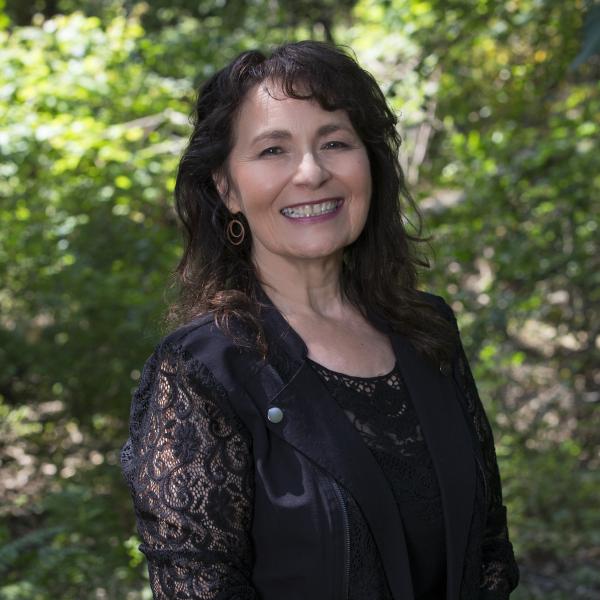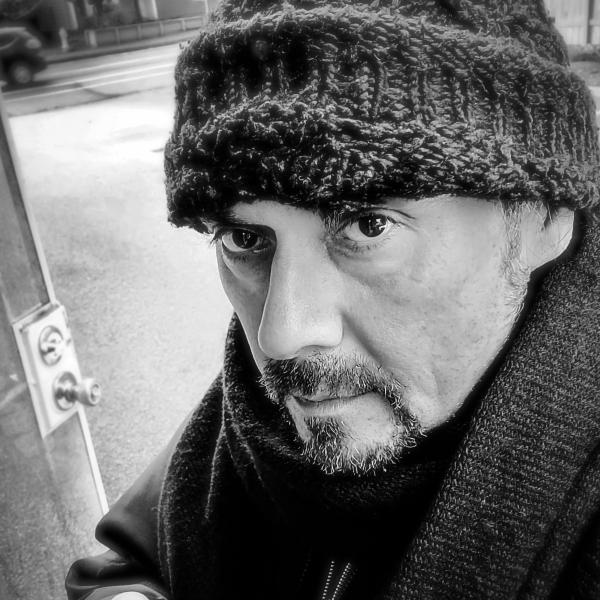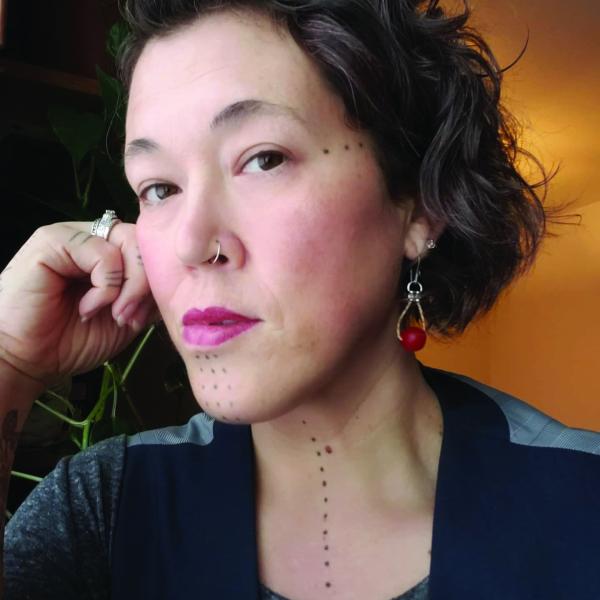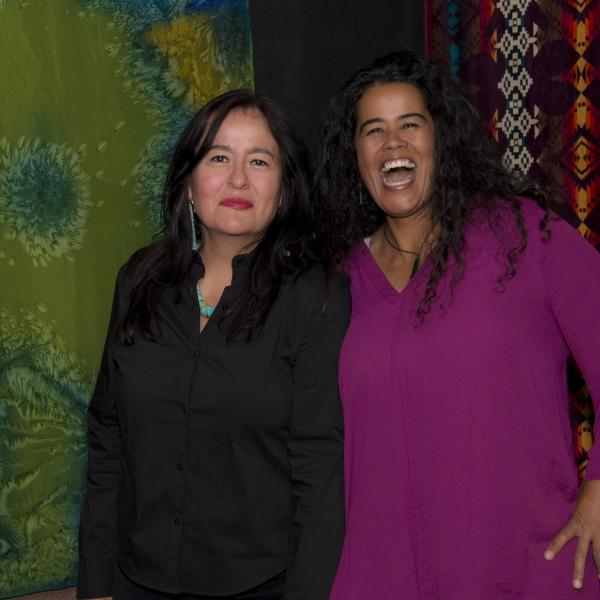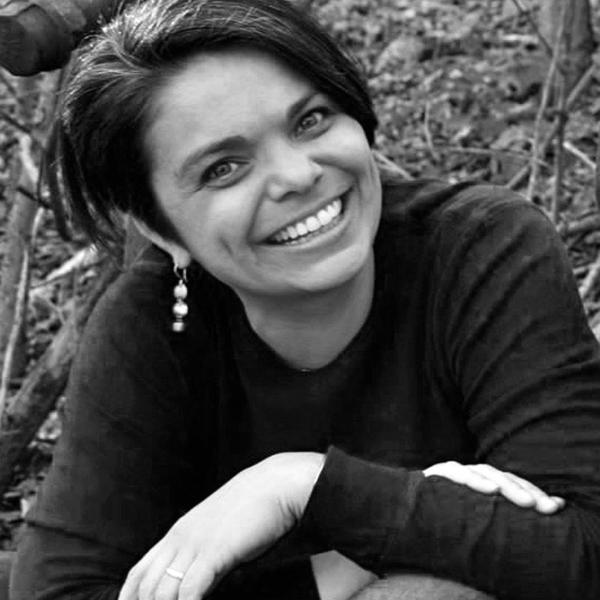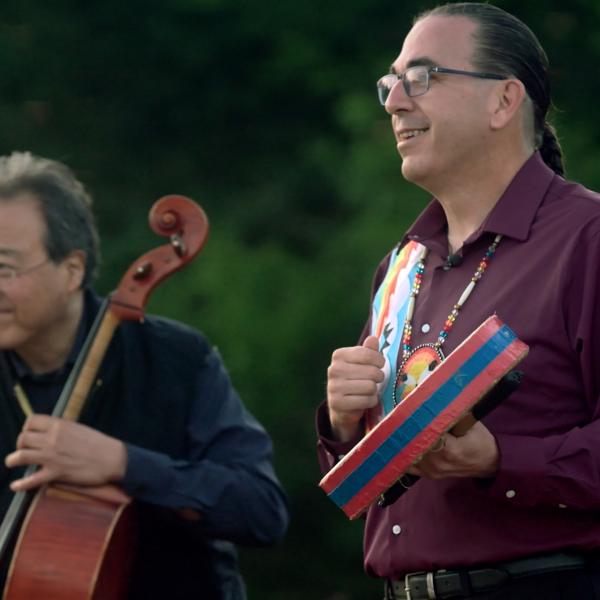Telling American History through a Native Lens

Chris Newell and two-time world champion hoop dancer Lisa Odjig (Ojibwe) perform at the inaugural Indigenous People's Day celebration at the Museum of Fine Arts Boston in 2019. Photo by Michael Mermelstein
When talking about his educational bonafides, historian and museum educator Chris Newell (Passamaquoddy) may tell people that he went to the school of Wayne Newell. The elder Newell, Chris’ father, was an early advocate for the study and preservation of Native American cultures from an Indigenous, rather than colonizer, point of view. As Newell noted in our interview, “I got to grow up watching [my father’s] educational efforts in a different time period, where they were starting basically from scratch. A lot of my father’s work happened actually at the kitchen table in my own house.” His father’s insistence on understanding Native Americans as members of living cultural communities has been at the heart of Newell’s own work. While the first part of the younger Newell’s career was as a traveling musician who played Indigenous music, he now runs the New England-based educational consultancy Akomawt Educational Initiative with co-founders endawnis Spears (Diné/Ojibwe/Chickasaw/Choctaw) and Dr. Jason Mancini. The trio’s mission is to educate museums, schools, and other institutions on how to work with tribal art and artifacts in a way that foregrounds Indigenous cultural practices and ways of thinking. The goal is not to completely discredit the work of archaeologists and anthropologists but instead to show what that primarily white gaze has left out of the story. What follows in Chris Newell’s own words is his explanation of why language is so important to understanding culture, and what it means to take a “new” look at American history through an Indigenous lens.
[Ed. Note: Chris Newell mentions recordings made in 1890 by late 19th-/early 20th-century anthropologist Jesse Walter Fewkes of early Passamaquoddy language speakers, which were eventually obtained by the Library of Congress; the recordings were digitized from the original wax cylinders and made available to the Passamaquoddy Tribe. The NEA awarded a grant to the tribal government to support the transcription and translation of these field recordings.]
ON THE RELATIONSHIP BETWEEN LANGUAGE, CULTURE, AND PRESERVATION
Where I come from ties into everything that I do. I come from the community of Motahkmikuhk, which is now known as Indian Township, Maine, in the English language. That’s one of the two Passamaquoddy reservations in the state of Maine. I’m a Passamaquoddy tribal citizen born and raised there, and I am the son of Wayne Newell, one of the first members of the American Indian Program when it began at Harvard University, where he earned his master’s in education. One of the things my father always worked on was our language preservation. He grew up in a Passamaquoddy-speaking household. No running water. No electricity. He was born at home in a community where English was definitely a second language. He didn’t start learning English until he decided to put himself into the nun’s school that was on the reservation at about nine or ten years old. I’ve definitely grown up with that normative that English is a foreign language to this territory, especially in my household. My grandmother who lived with us also spoke Passamaquoddy, so it was a spoken language in our house every day.
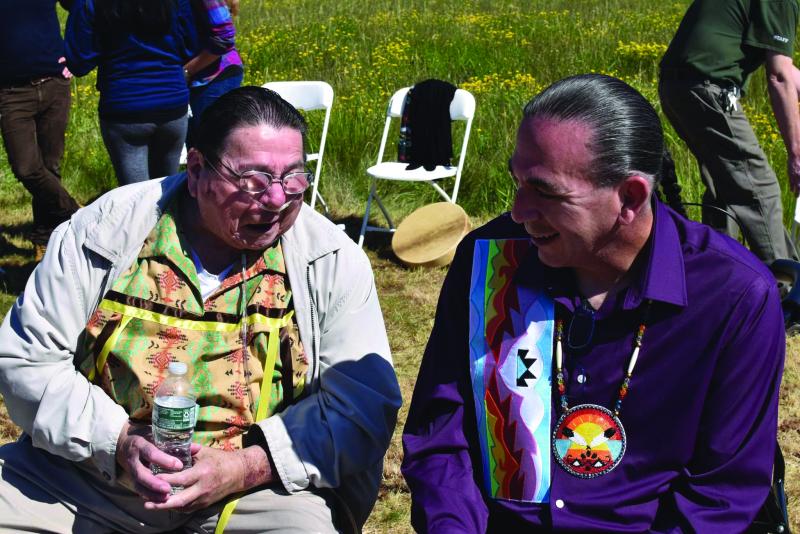
Chris Newell (right) with his father Wayne Newell enjoying a moment after a special performance and talking circle to welcome the sunrise with Wabanaki performers and Grammy-winning cellist Yo-Yo Ma in Acadia National Park in June 2021. Photo by Sipsis Peciptaq Elamoqessik (Brianna Smith)
However, as our tribe started to work toward federal recognition and started to get access to money for housing on the reservation with electricity, with running water, what my father and others started to observe is that with English-speaking media coming into our households, like radios and televisions, that the children, myself included, were learning English first not Passamaquoddy first. And then we were going to the [Bureau of Indian Affairs] school, which is English-only. Passamaquoddy was being taught as an extracurricular; it wasn’t even being taught until my father and others started those programs. Before that, the only place you could learn Passamaquoddy was in a Passamaquoddy-speaking household. He realized that if we have a generation growing up speaking only English, then they lose that ancestral tie, because one of the things our language does is it ties us to all of our ancestors. It ties us to the land, because our language was formed on the landscape that we currently live on in the Dawnland, in our home territory. By keeping those things alive, the music as well as the language, we can, in the modern-day times, still be tied to all of our ancestors from the past and maintain the continuity going forward.
One of the reasons why those Jesse Walter Fewkes recordings are so valuable is because the state of Maine did have a lot to do with erasure of culture. And we have learned quite a bit from them. They have now been given to us as part of our own collection in the Passamaquoddy community. You hear the speakers, and they speak our language. You get to hear how it was spoken in the 1890s versus how it is spoken in 2021, or even the 1970s, different eras. We can understand the fluidity of our culture and our language; that it is not a static thing, that it’s always changed and adjusted over time.
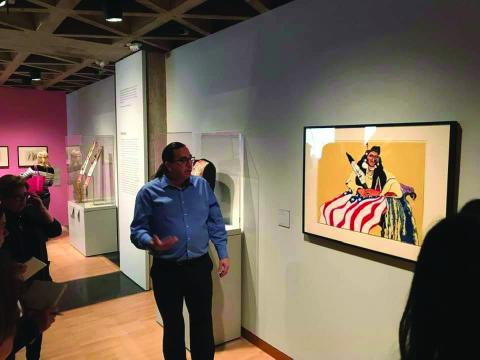
Chris Newell leading a section of a museum professional development workshop at Yale University Art Gallery for Akomawt Educational Initiative in 2020. Photo courtesy of Akomawt Educational Initiative
"By keeping those things alive, the music as well as the language, we can, in the modern-day times, still be tied to all of our ancestors from the past and maintain the continuity going forward."
AKOMAWT EDUCATIONAL INITIATIVE AND WORKING TO “RE-INDIGENIZE” HISTORY
Akomawt is a Passamaquoddy word for the “snowshoe path.” That is a symbol that drives me and my two partners in our educational work. The snowshoe path is the common path that we’re talking about. People would go out into the natural world to do what they needed and find their way back home to the village on that pathway. Through the seasons it disappears, and it comes back, and it adjusts itself as it goes forward. In that way, we’re trying to incorporate new learning paths for educators. You can see right there, by bringing Passamaquoddy language even to the name of the work that I do with Akomawt Educational Initiative, it is guiding me with that ancestral knowledge.
Even though I started in classroom education as a substitute teacher, I really found my niche as I began working at the Pequot Museum as a museum educator. Akomawt Educational Initiative was born at the Pequot Museum [the Mashantucket Pequot Museum & Research Center, located in Mashantucket, Connecticut, is owned and operated by the Mashantucket Pequot Tribal Nation]…. We really saw the value in taking what we started at the Pequot Museum and moving it to the museum world in general; so that Pequot history is not taught as an extracurricular in the Pequot Museum only. It’s just taught as history.
The Pequot Museum is a tribal museum and tells the history of Pequot people unapologetically from the perspective of Pequots. This is very different from the perspective you often get in a colonial museum, which is oftentimes guided by the sciences of archaeology and anthropology, which are created by non-Natives and are largely dominated by the minds of non-Natives. Therefore, colonial museums have been part of an extractive process for Native peoples. Items like Jesse Walter Fewkes recordings have sat in collections with very limited access. I mean, now we have computers, [but before widespread computer use] oftentimes to get access you had to go through layers and layers and layers and layers to be able to get to something that you have a blood tie or an ancestral tie to yourself.
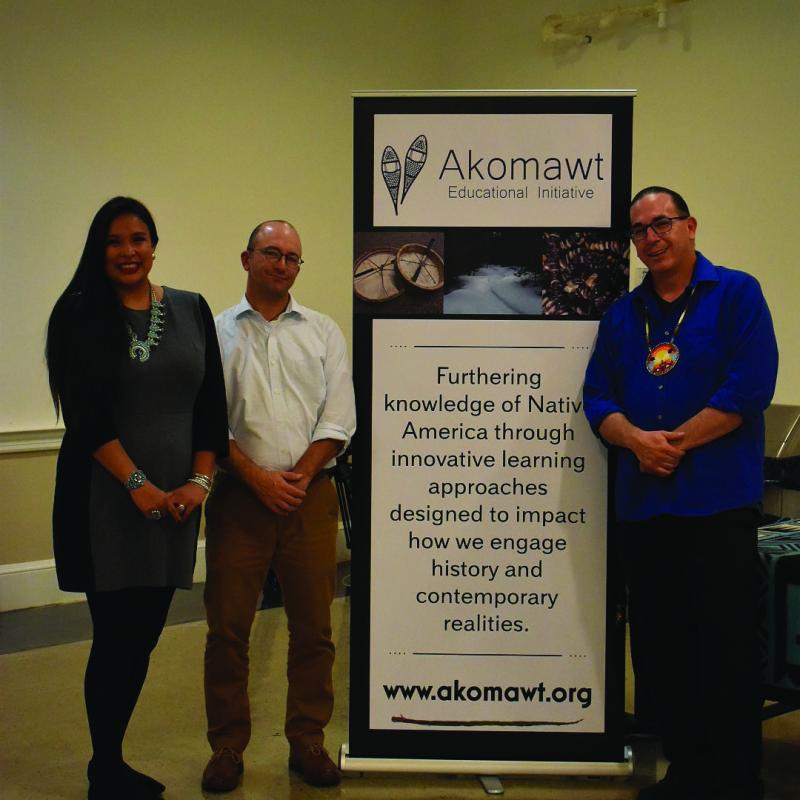
Akomawt Educational Initiative co-founders (left to right) endawnis Spears, Dr. Jason Mancini, and Chris Newell. Photo courtesy of Akomawt Educational Initiative
Our work with Akomawt Educational Initiative is really about helping colonial institutions like museums—as well as educational institutions, colleges, universities, K-12 schools—to incorporate Native content in an equitable fashion. In other words, if you’re going to have these objects and you’re going to display them, communities that they come from rather than the voices of archaeology and anthropology, which have oftentimes skewed these understandings. You can combine these two [interpretive stances] together and you can actually get the best of both worlds.
That’s really a lot of what Akomawt does, a lot of bridge building. What we realize is that if you’re going to do what in the museum world they call the decolonization work—what I really call re-Indigenizing education and history—these institutions need to build these relationships with their own Indigenous landscape, with the Indigenous communities and peoples that are around them. Remember, 70 percent of Native people live off-reservation, so Indian Country is literally everywhere. You really have to develop those local relationships, and it has to be done in an equitable fashion. That’s one of the things that we’re helping institutions to work toward. That would include a lot of Boston institutions like the MFA [Museum of Fine Arts] Boston, but also the National Park Service. I’ve done work with the Acadia National Park, but we also do work with National Park Service Boston as well as Region One. The National Park Service is the largest single educational institutional in this country, so if we can make change in that institution, we can effect change on a large scale.
One of the things that I’m most proud about is that we started out as an idea. And just by word-of-mouth, without advertising ourselves, our work was effective enough that many people were coming to us asking, “How do we engage Native communities?”
The beautiful thing about this work is that it’s multigenerational. I always tell people that my intended goals, I may not live to see them. As my father in his work, he understood that his intended goals, he would likely not live to see them. Yet, it did not mean he did not do the work, because it’s about the world we leave for our children and our children’s children. My father left this world a better place for me, left behind tools for me to actively reengage with my language and with my music. I want to make sure that my children and their children have those as well.




